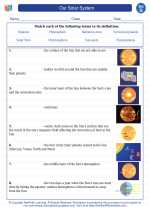Our Solar System -> north pole
North Pole: Explained
The North Pole is the northernmost point on Earth, located at a latitude of 90 degrees north. It is the point where the Earth's axis of rotation intersects its surface, and is often associated with the geographic North Pole and the magnetic North Pole.
Geographic North Pole
The geographic North Pole is the point of intersection of the Earth's axis of rotation with its surface. This point experiences the phenomenon of the midnight sun, where the sun is visible for 24 hours a day during the summer solstice and is not visible for 24 hours a day during the winter solstice.
Magnetic North Pole
The magnetic North Pole is the point towards which the Earth's magnetic field lines converge. It is not fixed and moves gradually over time due to changes in the Earth's magnetic field. As of recent measurements, the magnetic North Pole is located in the Arctic Ocean, north of Canada.
Climate and Wildlife
The North Pole region experiences extreme cold temperatures and is covered by a thick layer of ice for most of the year. It is home to unique wildlife such as polar bears, Arctic foxes, and various species of seals and whales. The region is also important for understanding climate change and its impact on the polar ice caps.
Study Guide: North Pole
- What is the geographic location of the North Pole?
- Describe the phenomenon of the midnight sun at the North Pole.
- Explain the concept of the magnetic North Pole and its significance.
- What type of climate and wildlife is typically found at the North Pole?
- Why is the North Pole important for studying climate change?
By understanding the geographic and magnetic characteristics of the North Pole, as well as its significance in climate research, we can gain a deeper appreciation for this unique and critical region of our planet.
.◂Science Worksheets and Study Guides Seventh Grade. Our Solar System

 Activity Lesson
Activity Lesson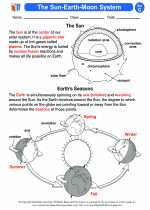
 Activity Lesson
Activity Lesson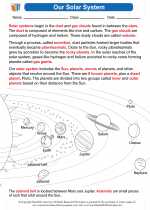
 Worksheet/Answer key
Worksheet/Answer key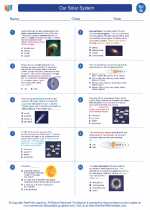
 Worksheet/Answer key
Worksheet/Answer key
 Worksheet/Answer key
Worksheet/Answer key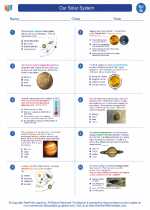
 Worksheet/Answer key
Worksheet/Answer key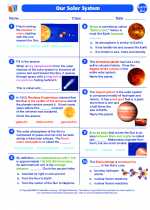
 Vocabulary/Answer key
Vocabulary/Answer key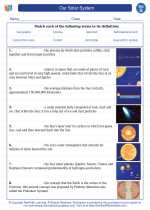
 Vocabulary/Answer key
Vocabulary/Answer key
 Vocabulary/Answer key
Vocabulary/Answer key